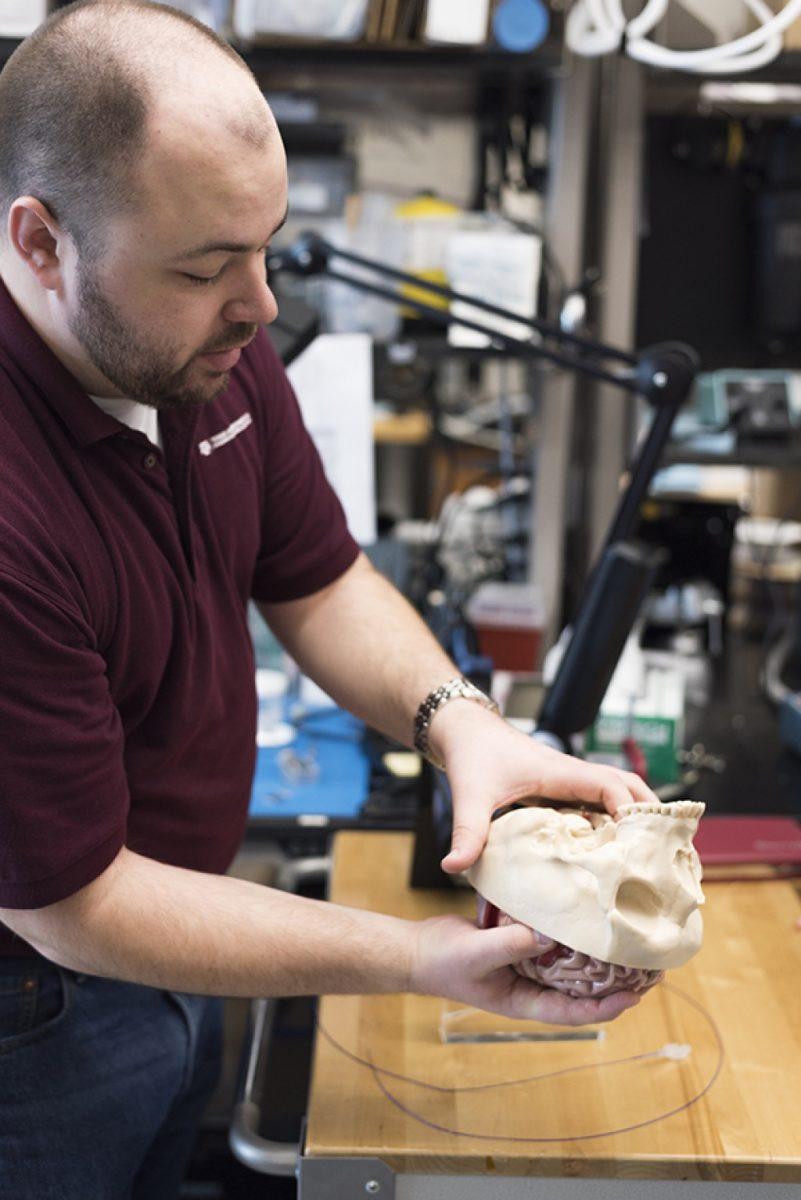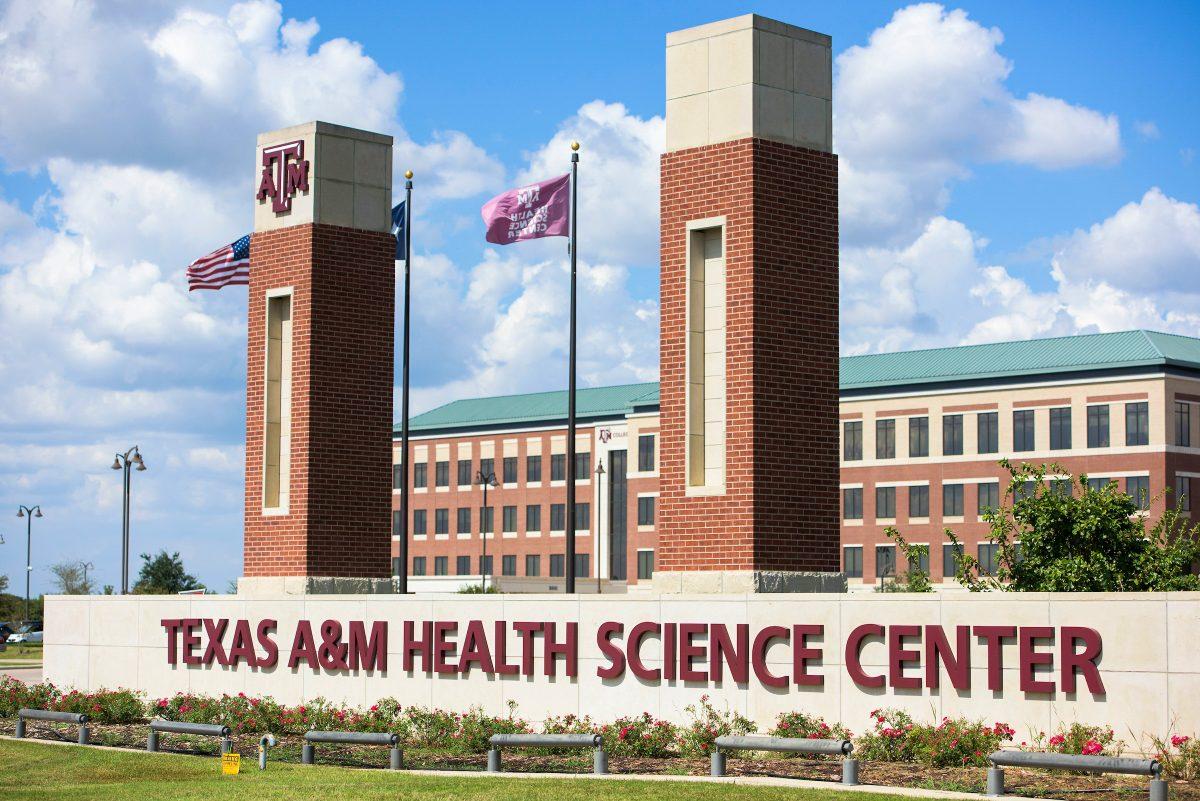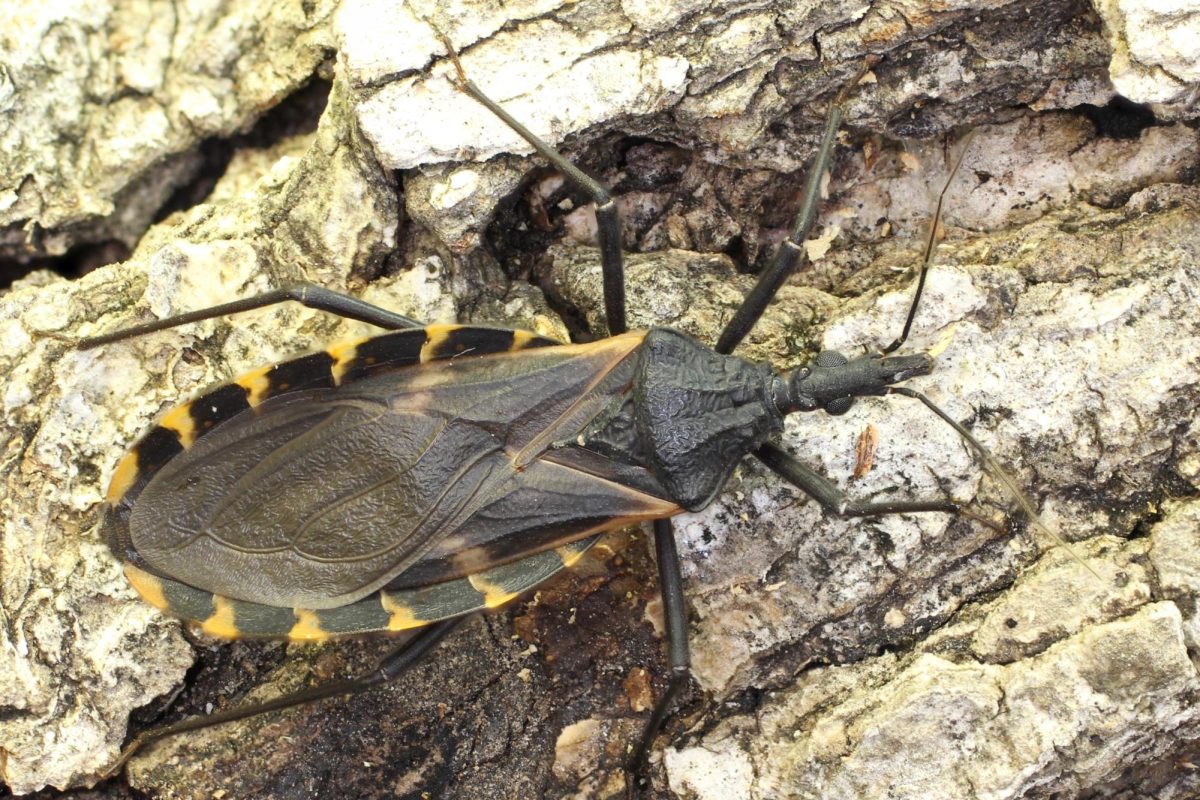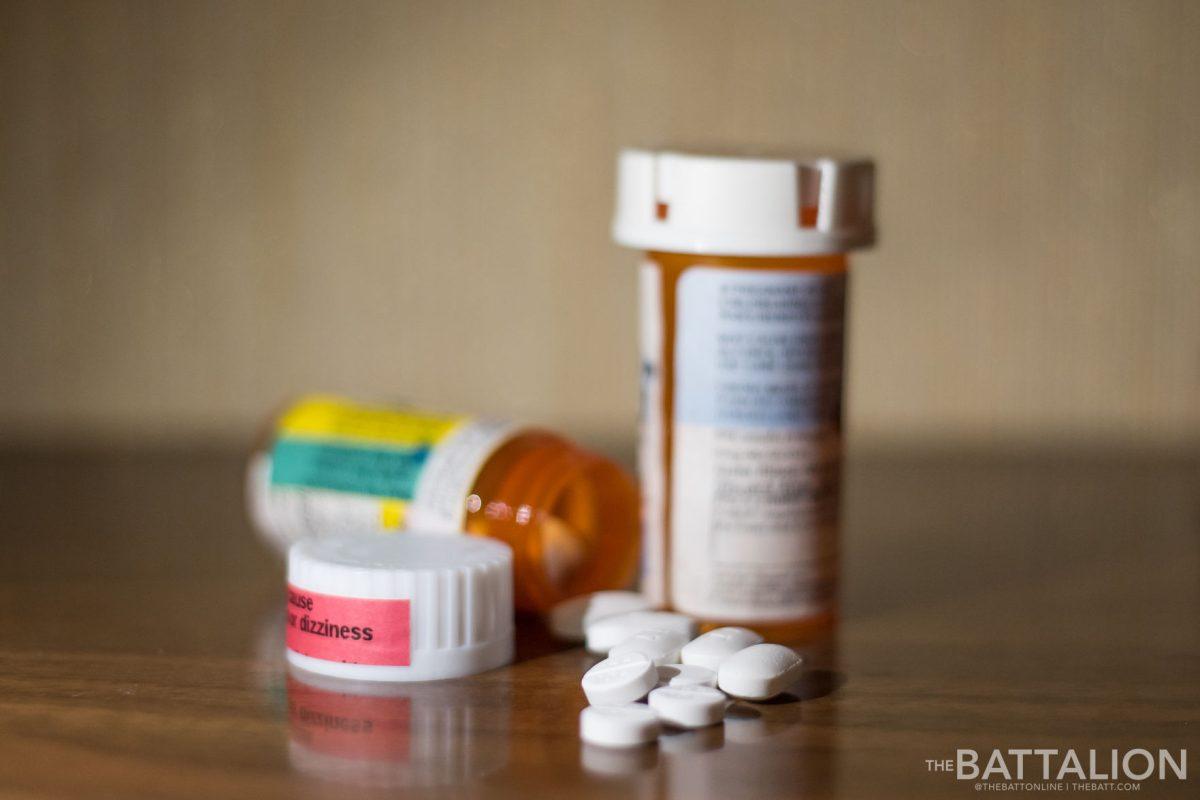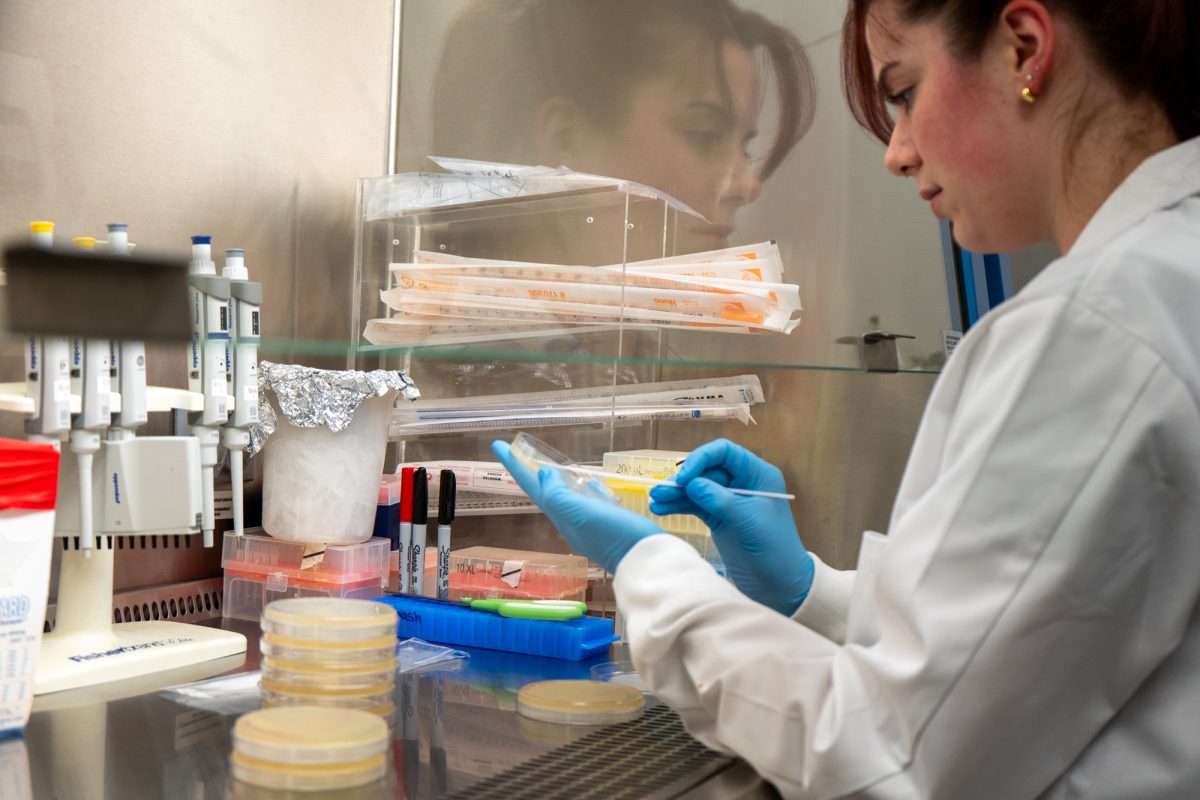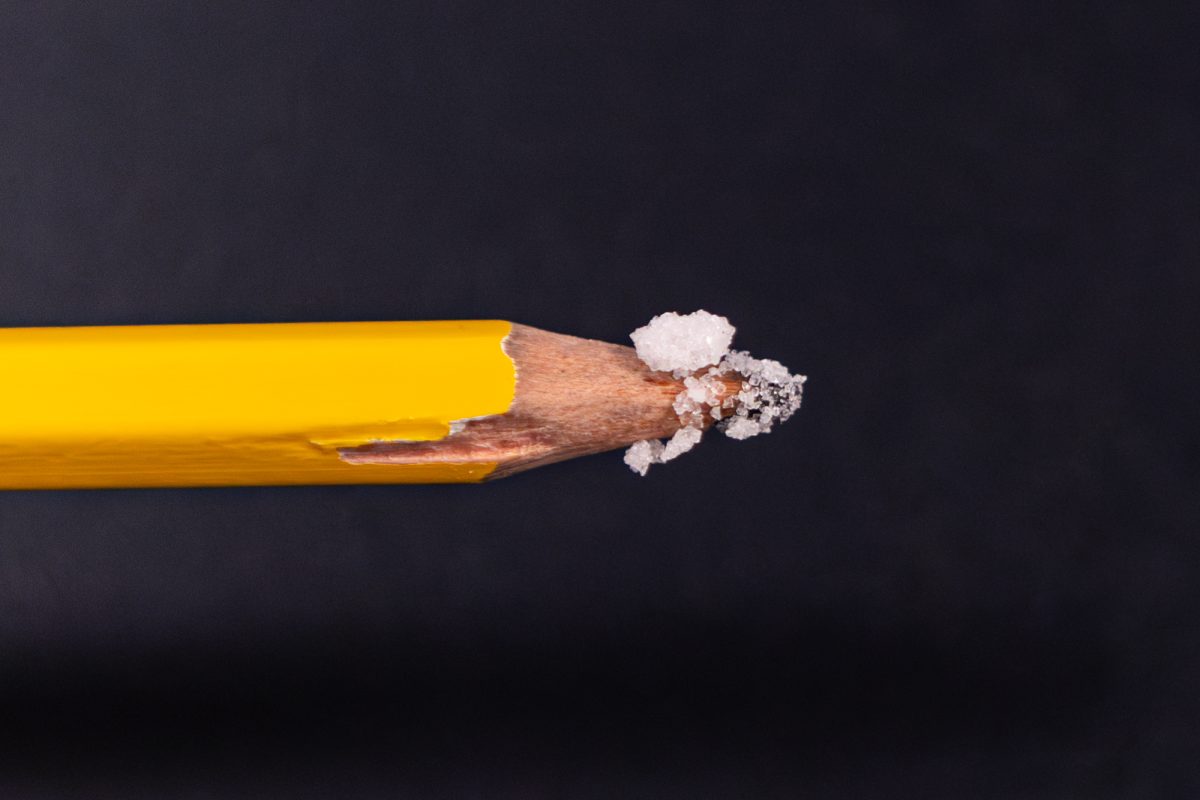The best way to treat brain aneurysms involves planting tiny metal coils inside the aneurysm — a method Texas A&M researchers hope to outdate with shape-changing foam.
A Texas A&M-led research effort aimed at treating potentially fatal brain aneurysms by filling them with polymer foams received a $2.5-million grant from the National Institutes of Health. The three-year grant goes to a team led by Duncan Maitland, biomedical engineering professor, to ready the treatment technique for future human trials.
Tony Boyle, a biomedical engineering doctoral student who is involved with Maitland’s research, said the shape-memory effect of the polymers is the premise for the research. The medical foam changes shape when heat is applied to it, making it the “bread and butter” of the lab’s focus.
“This is pretty unique because people are looking at foams and at the shape-memory polymers but they are not looking at the shape-memory polymer foams,” Boyle said. “They are really soft, designed with the chemistry to be biocompatible. Body response to it is appropriate for the applications we need but [the] body is not going to attack it or get rid of it.”
Boyle and Marziya Hasan, a biomedical engineering doctoral student also involved in Maitland’s research, said the lab’s research is a significant step above the current medical benchmark used to treat brain aneurysms — platinum coils — because the memory foam has the potential to be more effective and less risky.
Boyle said the foam acts as a scaffold. The foam’s structure becomes a type of webbing that cells can attach to and grow on, an advantage that platinum coils don’t offer.
“So, instead of getting unstable mass of stuff you actually get cells that come in, take out the clot, replace it with healthy tissues,” Boyle said. “The most important thing is collagen, it is a lot more stable and stronger material. It stabilizes aneurysms and prevents a new one from forming. Years down the line, there is a healthy tissue and no risk of rupture.”
Maitland said aneurysms are blood-filled, balloon-like bulges in the walls of a blood vessel. If the aneurysm ruptures, it could cause neurological damage which can be debilitating or even fatal, especially if near the brain.
Maitland has worked on the memory foam for 20 years. The research is a collaboration between Maitland’s Biomedical Device Laboratory and the startup company Shape Memory Therapeutics. Shape Memory Therapeutics has contracted with BioTex, Inc., an Aggie founded medical device manufacturer based in Houston, to lead product development and manufacturing.
The recent $2.5-million grant will be helpful for the research because it is an important step in bringing the technology to human trials, a step Maitland said is important to ensure the treatment’s safety and success.
“A lot of people don’t understand that if you create a prototype that is for medical technology, quite frankly, in a lot of cases if you don’t take it to human it will die, nobody will take it on because it’s too risky,” Maitland said. “So everything that we do is risk reduction.”
Maitland’s team includes colleagues from his department, the College of Veterinary Medicine and Biomedical Sciences at Texas A&M and the Mayo Clinic Medical School.
Hasan said the uniqueness of their lab is their ability to synthesize the foam on their own.
“The unique thing about our lab is that we have taken this material which is plastic, regular plastic and we are able to make foam out of them which is a significantly hard thing to do,” Hasan said.
Aggies’ work with foam could change aneurysm treatment
March 3, 2015
Tanner Garza — THE BATTALION
Tony Boyle, a biomedical engineering graduate student who is involved with Duncan Maitland’s research, shows the anatomy of the human brain.
0
Donate to The Battalion
Your donation will support the student journalists of Texas A&M University - College Station. Your contribution will allow us to purchase equipment and cover our annual website hosting costs.
More to Discover



